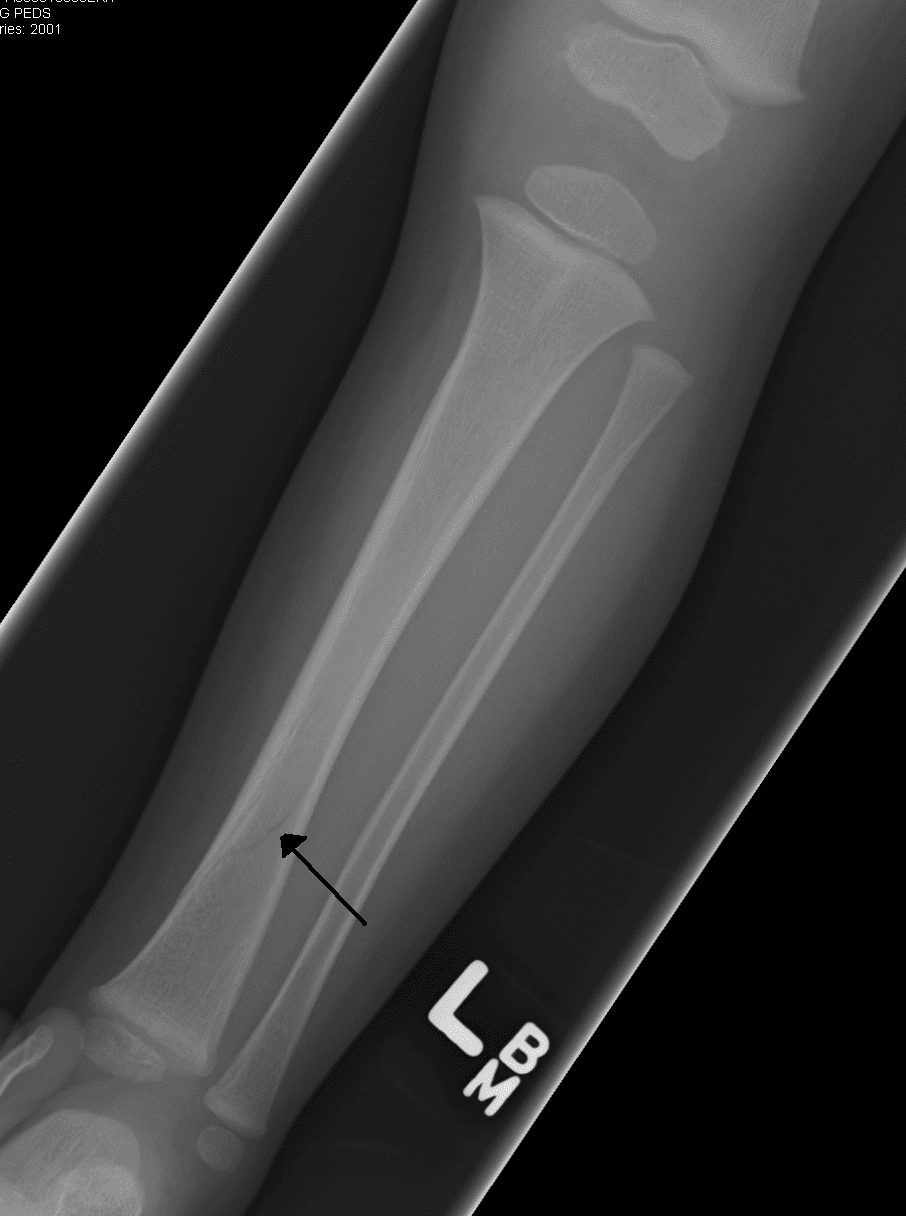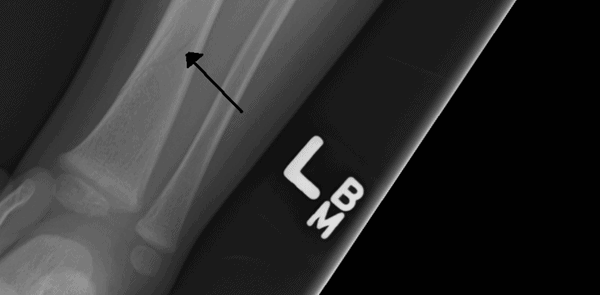Are you experiencing lower leg pain after walking or running? The onset of pain can vary from moderate to severe, but if it persists, it could signify a shin stress fracture.
A shin stress fracture is a common injury seen in athletes who train with extreme intensity. It can also happen due to repetitive improper movements that involve the leg bone.
You may or may not have it if you’re experiencing the said symptom above. But there are other related indications to be mindful of. To understand stress fractures better, read on to learn what this condition is and how it can be treated.
Stress Fractures
Stress fractures, also referred to as hairline fractures, are tiny cracks in a bone. Caused by repetitive force, they often occur in the weight-bearing part of the lower leg and foot. This type of overuse injury can also present itself in any bone and is not limited to athletes — anyone can be at risk.
They can be especially painful due to their location near nerves and tendons. Movement of these areas also leads to increased bone pain. Cue shin stress fractures.
Shin Stress Fracture
 (Image Credit: Wikimedia Commons)
(Image Credit: Wikimedia Commons)
The shin or tibia is the larger of the two bones in the lower leg. Its top connects to the knee joint, while the bottom links to the ankle joint. When recurrent force is applied to the tibia bone, this tolerates a stress reaction. This may result in a deep bone bruise or what is commonly referred to as a shin stress fracture.
A shin stress fracture is a small crack on the shin bone, hence the name. The bone has cracked to some degree but not broken. The case is also different to shin splints which are characterised by a dull muscle pain near the tibia.
Causes
Stress fractures in the shin usually occur for one of three reasons. First, as pointed out, is the repetitive use that prompts bone stress. A great example of this is frequent long-distance running. This can fatigue the muscles, experiencing more stress and eventually causing tiny breaks.
Other factors are:
- Outside force. Too much force that exceeds the strength of the bone can cause a break. For instance, car accidents, high-impact sports, such as footballs, and falls.
- Weakened bone. Another is when a bone is weakened from an underlying condition. Such conditions can include osteoporosis or infection. It can cause it to break more easily than if it were healthy.
- Not getting enough rest between workouts
- Performing exercises on a different type of surface than usual
- Running on a sloped surface
- Improper footwear
Symptoms
Pain near the front of the tibia is a common presenting symptom. It may start as a dull ache when you move and eventually become more intense and worse.
Usually, the pain is first noticed toward the end of intense exercise. Over time, it can begin to occur earlier and during the activity. Common symptoms also include:
- Swelling or aching at the site of fracture.
- Tenderness or “pinpoint pain” when touched on the bone.
- A pang while at rest, during normal activity or with everyday walking.
- Discolouration in the skin around the affected area.
If a stress fracture is not treated at an early stage, the condition can become severe. There’s also a risk that the fracture may become displaced or move out of its normal alignment.
Diagnosis
If you’re experiencing any of the symptoms or worse, it’s worth having it checked out by a doctor. They will make the diagnosis and provide treatment that accords with your condition.
A detailed history and physical examination are usually the first step. During the initial exam, your doctor will look for points of tenderness along the shin bone. Depending on the severity of your symptoms, imaging tests such as an X-ray may be performed. This will help determine the exact extent of fracture damage.
In some cases, healthcare professionals opt for an MRI or CT scan for further evaluation. An MRI (Magnetic Resonance Imaging) gives clear pictures with superior soft tissue contrast. Its advancement also allows for inspecting hard bones and surrounding soft tissue accurately. Meanwhile, CT scans help highlight fractures which aren’t clear on an X-ray image or MRI.
A bone scan may also be used to see stress fractures that an X-ray can’t. A tracer, a radioactive substance, is injected into your bloodstream during the procedure. The tracer collects in the bone and settles in the areas where the bone is being repaired. The affected part will appear darker on the scan to differentiate it from the uninjured area.
Treatment
Treating tibial stress fractures requires more proactive measures than shin splints. But it’s still possible to heal it without surgery. The treatment plan focuses on pain relief and allowing the tibia to heal. Conservative treatment options include:
- Rest and ice therapy. Allow time for your leg to heal properly. Rest from sports activities that place stress on the lower break. Instead, switch to low-impact activities like walking or swimming to avoid further injury. Additionally, to keep swelling down, ice massage the affected area for 15 minutes at least 3 times a day. Use an ice pack or cold compress.
- Anti-inflammatories. Nonsteroidal anti-inflammatory drugs (NSAIDs) help relieve pain and inflammation. Take only medications your doctor has prescribed you.
- Calcium supplementation. Stress fractures occur more frequently when calcium levels are low. Taking calcium supplements could be beneficial as part of your rehabilitation plan. A healthy diet plan may also help. Ask your doctor if you should take such supplements and, if so, in what amounts.
- Orthotics. Foot orthotics can help improve foot alignment when placed inside shoes. Doing so could potentially redistribute pressure away from areas affected by stress fractures. Ask your doctor if orthotics might be right for you.
- Physical therapy. Engage in physical activity once your bones have started healing. This can help build strength and flexibility. A physiotherapist should also be consulted during treatment progression.
For surgery, your doctor may recommend internal fixation. Depending on the location of the fracture, the surgeon may use pins, screws or metal plates.
Recovery
Stress fractures can take anywhere from 4 to 12 weeks – and sometimes longer – to heal. If you’re still experiencing some pang around your lower leg, you haven’t completely healed. Increasing activity during the recovery period can also lead to re-injury.
Key Takeaways
If you persist in high-impact activities, this can conclude in stress fractures. When shin pain and swelling strike, see your doctor for diagnosis and treatment. Always follow their instructions, especially during your recovery. This habit can ensure the area is healed and you are ready to go.



 (
(